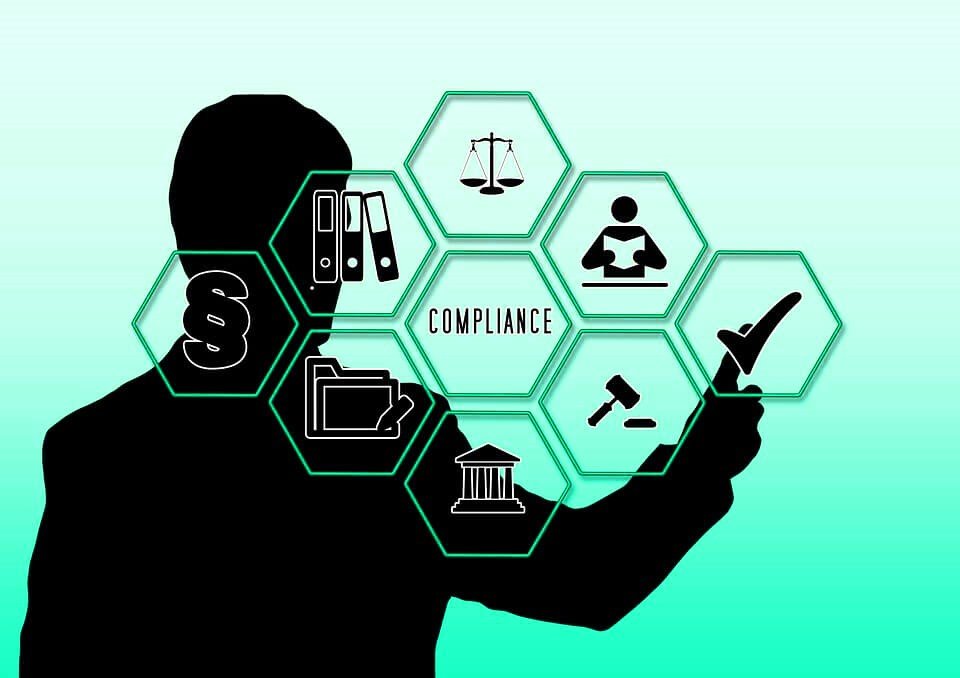What is Business Environmental Compliance Regulations?

In a world increasingly concerned about the impact of business activities on the environment, adhering to environmental compliance regulations has become a crucial aspect of corporate responsibility. Let’s delve into what business environmental compliance regulations entail and why they matter.
Importance of Business Environmental Compliance
Legal Implications
One of the primary reasons businesses need to prioritize environmental compliance is the legal consequences of non-compliance. Regulatory bodies worldwide have stringent measures in place, and failure to comply can result in hefty fines, legal actions, and even the shutdown of operations.
Social Responsibility
Beyond legal obligations, businesses are increasingly acknowledging their role in broader societal issues. Environmental compliance reflects a company’s commitment to being a responsible corporate citizen, considering the long-term impact of its operations on the planet.
Key Components of Business Environmental Compliance
Understanding Regulations
Navigating the complex web of environmental regulations is a critical first step. This involves staying updated on local, national, and international laws that may impact the business. Companies must have a dedicated team or work with experts to interpret and implement these regulations effectively.
Monitoring and Reporting
Environmental compliance isn’t a one-time task; it requires ongoing monitoring and reporting. Regular assessments of the environmental impact of business activities, along with transparent reporting, demonstrate a commitment to compliance.
Implementing Sustainable Practices
Beyond meeting regulatory requirements, businesses are encouraged to adopt sustainable practices voluntarily. This could involve reducing carbon emissions, implementing recycling programs, or investing in renewable energy sources.
Common Environmental Compliance Challenges

Complexity of Regulations
One of the significant challenges businesses face is the sheer complexity of environmental regulations. Navigating through a myriad of laws, each with its own set of requirements can be overwhelming.
Changing Regulatory Landscape
Environmental regulations are dynamic, evolving in response to scientific advancements and changing global priorities. Staying abreast of these changes poses a constant challenge for businesses.
Cost Implications
Complying with environmental regulations often comes with a financial burden. Implementation of eco-friendly practices, waste management systems, and regular monitoring can strain a company’s budget.
Read More: Understanding Environmental Law: Protecting Our Planet (2023)
Benefits of Compliance
Avoiding Legal Penalties
The most apparent benefit of compliance is avoiding legal repercussions. The cost of non-compliance is not just monetary; it can tarnish a company’s reputation and erode customer trust.
Enhancing Corporate Reputation
Businesses that prioritize environmental compliance often enjoy a positive public image. Consumers today are more environmentally conscious, and they prefer supporting companies that share their values.
Attracting Eco-Conscious Customers
A commitment to environmental responsibility can be a significant selling point. Eco-conscious consumers actively seek out businesses that align with their values, providing a competitive edge in the market.
Successful Examples
Highlighting companies that have successfully implemented robust environmental compliance programs can serve as inspiration for others. Organizations like this have become industry leaders not just in their products or services but also in their commitment to sustainable practices.
Tips for Ensuring Compliance
Regular Audits
Conducting regular environmental audits helps identify areas of improvement and ensures ongoing compliance. This proactive approach can mitigate risks and streamline environmental management.
Staff Training
Employee awareness and training are pivotal in ensuring compliance. Companies should invest in educating their workforce about environmental regulations and the importance of sustainable practices.
Collaboration with Regulatory Agencies
Building a collaborative relationship with regulatory bodies can help businesses stay ahead of changes in environmental laws. Proactive engagement can also lead to a better understanding of regulatory expectations.
Future Trends in Business Environmental Compliance
Emerging Regulations
As environmental concerns continue to rise, businesses can expect more stringent regulations. Anticipating and preparing for these changes is crucial for long-term sustainability.
Technology’s Role in Compliance
Advancements in technology, such as data analytics and artificial intelligence, are increasingly being employed to monitor and manage environmental impact. Businesses should explore these tools to enhance their compliance efforts.
Case Studies
Examining real-world examples of businesses successfully navigating environmental compliance can provide valuable insights. Case studies of companies overcoming challenges and reaping the benefits of compliance offer practical lessons for others.
Environmental Compliance and Sustainability
Overlapping Concepts
Environmental compliance and sustainability share common goals. Integrating compliance efforts with broader sustainability initiatives can create a holistic approach to environmental responsibility.
Synergies for Businesses
Businesses can leverage environmental compliance as a stepping stone to broader sustainability. Aligning corporate strategies with environmentally friendly practices not only meets regulatory requirements but also contributes to long-term business success.
Read More: Conservation Practices and Environmental Law
Conclusion
In conclusion, understanding and adhering to business environmental compliance regulations are not just ethical imperatives but critical for the success and longevity of any enterprise. By navigating the green path, businesses can not only avoid legal pitfalls but also enhance their reputation, attract environmentally conscious customers, and contribute to a sustainable future.
FAQs
What are the penalties for non-compliance with environmental regulations?
Non-compliance can result in hefty fines, legal actions, and even the shutdown of operations, depending on the severity and frequency of violations.
How can businesses stay updated on changing environmental regulations?
Regularly monitoring official regulatory channels, participating in industry forums, and collaborating with regulatory agencies can help businesses stay informed.
Do small businesses face the same environmental compliance challenges as larger corporations?
While the scale may differ, small businesses also need to navigate environmental compliance challenges. Tailoring strategies to the business size is essential.
Is there a universal standard for environmental compliance, or does it vary by region?
Environmental compliance standards can vary by region. It’s crucial for businesses to understand and adhere to the specific regulations in the locations where they operate.
Can technology help streamline environmental compliance processes for businesses?
Yes, advancements in technology, such as data analytics and AI, are valuable tools for monitoring and managing environmental impact, aiding businesses in compliance efforts.











